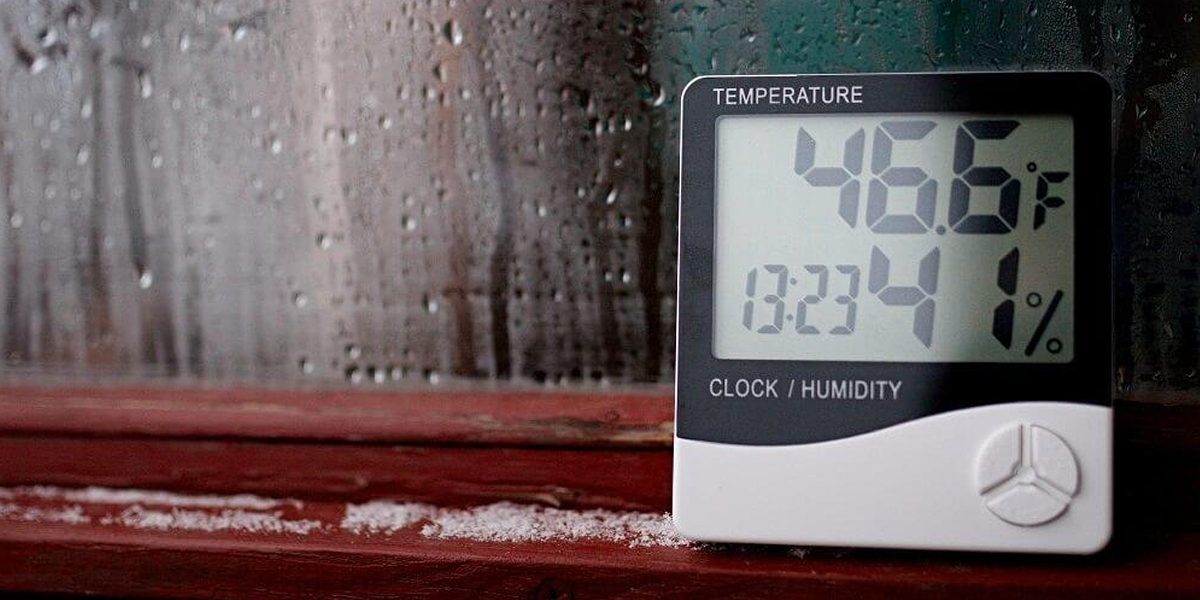Hurricane Impact: Devastating Effects on Coastal Cities and Natural Environments
After a hurricane passes, your home becomes a swimming pool. If you're facing water damage, then you know that one of the keys you need to do is get rid of the dampness. That's what a dehumidifier is for. A dehumidifier can help remove moisture from the air, which can speed up the drying process and help prevent further damage.

Water intrusion into buildings can be incredibly destructive. Over time, excess moisture can cause issues within an indoor environment. Without proper water extraction, decontamination and drying, numerous long-term effects can take hold of a building and cause long-lasting structural damage as well as pose numerous health risks.
Any type of water ingress should be taken seriously, and proper water damage restoration is a key part of recovery should your home or business be affected. This intervention should be prompt and effective, and it’s important to act within the first 24-48 hours to minimize the potential short and long-term effects of water damage.
Dehumidifiers are an essential tool in water damage restoration. By removing excess moisture from the air, they can help prevent further damage to your home or business and speed up the drying process. Dehumidifiers can also help reduce mold growth and improve indoor air quality.
When selecting a dehumidifier, it's important to choose one that is the right size for the space you're trying to dry. Dehumidifiers are rated by the number of pints of water they can remove from the air in a 24-hour period. A unit that is too small will not be able to keep up with the moisture, and a unit that is too large will use more energy than necessary.
In most cases, it's best to run your dehumidifier continuously until the space is completely dry. This can take several days or even weeks, depending on the severity of the water damage. Once the space is dry, you can begin the process of cleaning and repairing any damaged items. Dehumidifiers can help make this process easier by reducing the amount of time needed for drying.
If you've experienced water damage, don't wait to call a professionals. The sooner you get started on restoration, the better your chances of minimizing damage and saving time and money. Dehumidifiers can be an essential part of the process, so don't wait to get one for your home or business.
Learn About Water Damage Restoration Equipment
Water damage restoration dehumidifiers are essential tools for drying and restoring your environment following water damage, which can be caused by leaky plumbing or floods. Durable and robust, these dehumidifiers rapidly and efficiently extract water, dry floors and walls, and inhibit harmful mold growth. Water damage dehumidifiers typically come equipped with large wheels for easy mobility and internal condensate pumps for hassle-free water removal. Many models also offer ducting options to maximize airflow for more effective drying. The dehumidifiers mentioned below are our top recommendations for water damage restoration and drying applications.
Water damage restoration refers to the procedure of restoring a property to its condition prior to being affected by water damage. Such damage can be a result of various events, including floods, storms, plumbing leaks, and sewage overflows.
The first step in water damage restoration is to assess the damage and determine what can be salvaged and what needs to be replaced. Once the extent of the damage has been determined, the next step is to begin the process of drying out the affected area.
If you're dealing with water damage, then you know that one of the key things you need to do is get rid of the moisture. That's where a dehumidifier comes in. Dehumidifiers can help to remove the moisture from the air, which can speed up the drying process and help to prevent further damage.
If you're using a dehumidifier in your water damage restoration efforts, there are a few things to keep in mind. First, make sure that you choose the right size dehumidifier for the job. If you have a large area that needs to be dried out, you'll need a bigger unit. Second, be sure to empty the dehumidifier regularly. The unit will only work effectively if it's able to circulate air, and that won't be possible if it's full of water. Finally, don't forget to ventilate the area. Dehumidifiers can help to remove moisture from the air, but they can also make the air feel stuffy. Be sure to open up some windows or doors to let fresh air in.
Keeping these tips in mind, a dehumidifier can be an invaluable tool in your water damage restoration process. Use it correctly, and you'll be well on your way to eliminating excess moisture.
Have you ever utilized a dehumidifier for water damage restoration? Share your experience and tips in the comments below!









Shop For Dehumidifier